INDIAN ARMED FORCES CHIEFS ON
OUR RELENTLESS AND FOCUSED PUBLISHING EFFORTS

SP Guide Publications puts forth a well compiled articulation of issues, pursuits and accomplishments of the Indian Army, over the years

I am confident that SP Guide Publications would continue to inform, inspire and influence.

My compliments to SP Guide Publications for informative and credible reportage on contemporary aerospace issues over the past six decades.
Highways A Force Multiplier for the IAF
During war, airbases would have to be specifically tasked to be prepared to activate the landing strip on the highway at practically a moment’s notice.
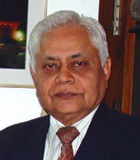 |
By Air Marshal B.K. Pandey (Retd) Former Air Officer Commanding-in-Chief of Training Command, IAF |
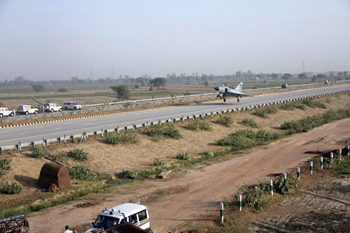
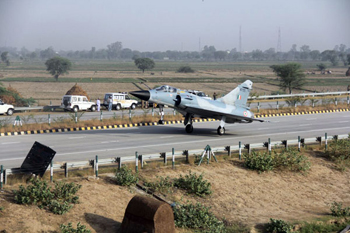
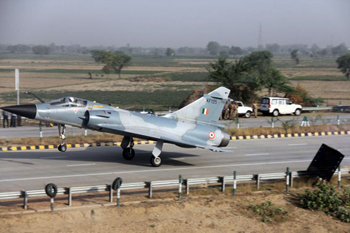
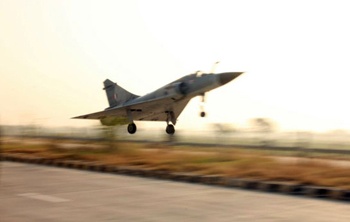
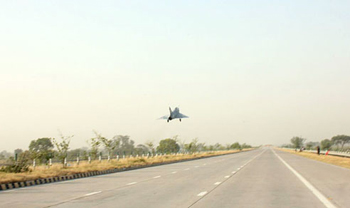
Early morning on Thursday, May 21 this year, the Indian Air Force (IAF) carried out a successful trial landing by a Gwalior-based Mirage 2000 combat aircraft on a highway in the state of Uttar Pradesh. Part of the eight-lane highway that connects Greater Noida to Agra, also known as the Yamuna Expressway, was cordoned off for the fighter aircraft to land. While there has been a case in the past of an emergency landing on a highway by a small single-engine aircraft from a civil flying club in India following loss of power on the engine, this was the first time that a fully serviceable fighter aircraft of the IAF has carried out such an exercise and not without a specific purpose. The aim of the exercise was to validate the concept of using a highway as an emergency landing strip for military aircraft.
The use of highways as emergency landing strips for military aircraft as a concept is not new. In fact, this concept was developed during the Second World War in Germany where the highways called “autobahns” were used for landing fighter aircraft. This practice did not remain confined to Germany but spread across Europe into Sweden, Finland and Switzerland. On the other side of the Iron Curtain, this practice was adopted by Russia, Czechoslovakia, Poland. Other countries where parts of highways are designed and marked for use by military aircraft during an emergency are Israel, North Korea, South Korea, Taiwan, Singapore and Australia. Even in the neighbourhood in Pakistan, there are two highways (or Motorways as these are referred to there), namely M-1 connecting Peshawar to Islamabad and M-2 running between Islamabad and Lahore that have two 9000 feet long stretch on each of the highways designated for recovery of military aircraft during war. Beginning 15 years ago, Pakistan Air Force has carried out training exercises involving landing on the designated strips on the highways by the F-7P and Mirage III fighter aircraft, C-130 Hercules tactical transport aircraft and Super Mushak trainer aircraft. The breakthrough by the IAF in its effort to adopt the international practice of developing infrastructure and the capability to use highways for limited operations by military aircraft in an emergency, has evidently not been achieved too early. However, it is better late than never!
An efficiently managed model wherein designated landing strips on highways in the proximity of operational airbases are available during war will have a force multiplier effect.
A full scale war would normally begin with aerial action called Counter Air Operations that are meant to degrade the capability of the enemy to launch air operations. Counter Air Operations consist of sorties undertaken by deep strike combat aircraft whose primary targets are the runways at military airfields in enemy territory and of course aircraft on the ground as well as other associated infrastructure that support air operations. Since the runways at most if not all of the IAF airfields are vulnerable to similar action by the enemy air force, IAF aircraft that are airborne for missions may find that the runway is suddenly not available for use as it would have been punctured by craters on account of bombing by enemy aircraft. It is under these circumstances that alternative landing sites on highways in the vicinity of the operating bases could save the day for the IAF.
Modern military transport aircraft such as the C-130 Hercules or even the C-295 from Airbus Defence and Space that the IAF is to acquire shortly, are capable of operating from runways of restricted length and even from semi-prepared surfaces that are not classified as regular runways. For such aircraft, landing and takeoff from highways do not pose any problems as far as the operating surface is concerned. However, combat aircraft, especially those that come in the high performance category, require landing strips of standard length to operate safely. Also, for any military aircraft to operate from highways, there are certain perquisites. It needs to be understood that during war, the requirement to recover an aircraft on an alternative runway, particularly a fighter aircraft, would arise on short notice. This would be an emergency situation as a combat aircraft returning from a mission would generally be low on fuel and would not be able to remain airborne for long. It is necessary for the organisation therefore to have a well defined, equipped and responsive system in place to activate the designated strip on the highway to facilitate recovery of aircraft in difficulty or distress. This would involve traffic control measures on the highway where the aircraft is to land, availability of fire fighting and medical evacuation facilities as well as at least a make-shift Air Traffic Control. Besides, the segments of a highway designated for use as a runway ought to have removable median or divider and ought not to be lined with trees or other obstructions such as lamp posts. During war therefore, airbases would have to be specifically tasked to be prepared to activate the landing strip on the highway at practically a moment’s notice. A military aircraft cannot be expected to land on a highway with normal traffic flowing. The consequences of such a landing would quite obviously be disastrous.
An efficiently managed model wherein designated landing strips on highways in the proximity of operational airbases are available during war will have a force multiplier effect.





